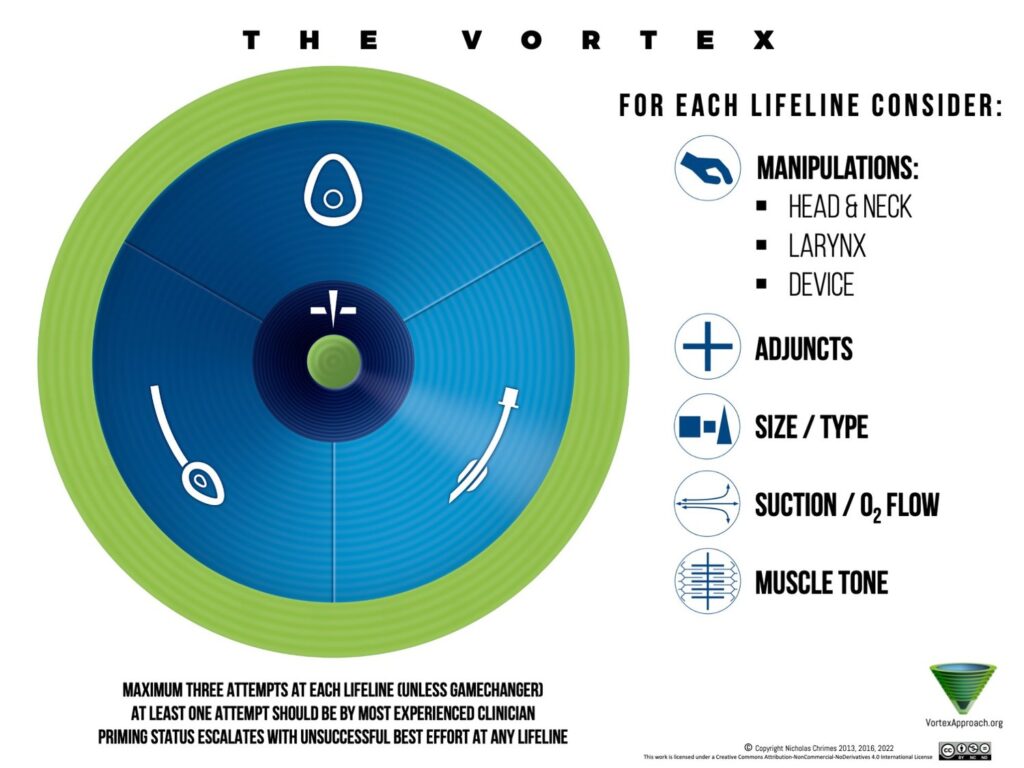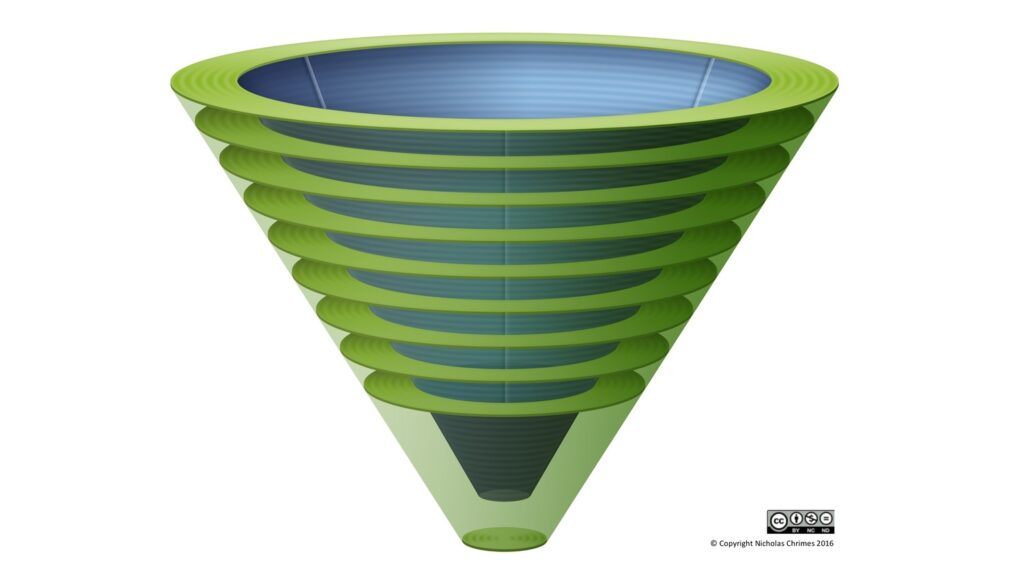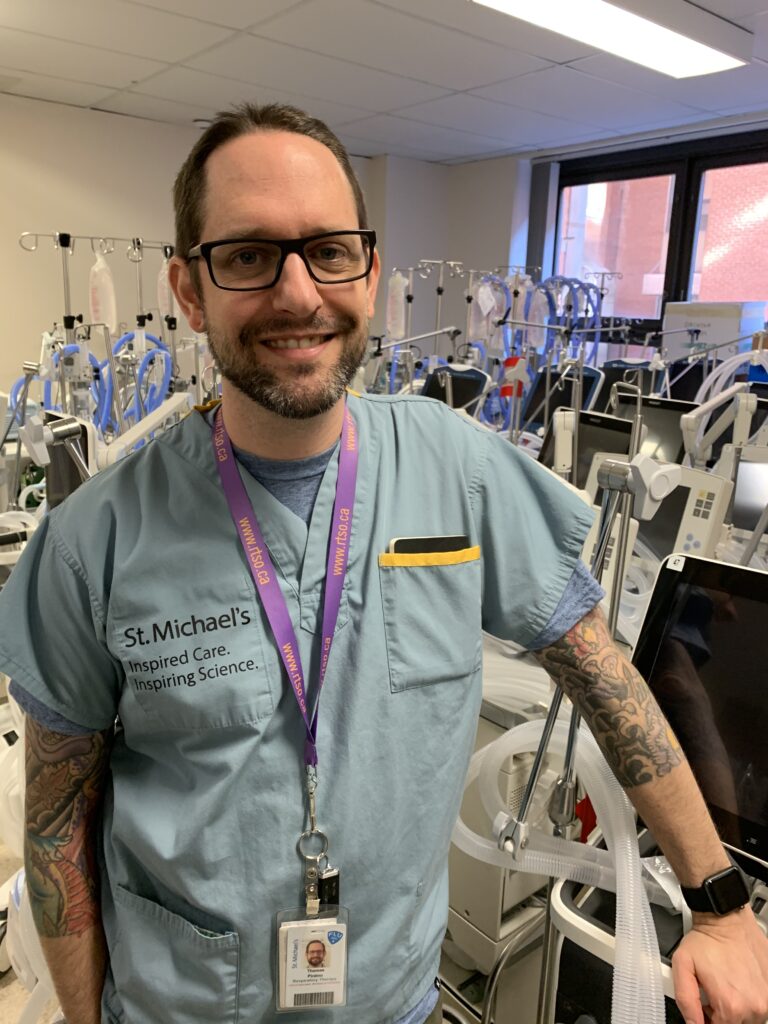Podcast: Play in new window | Download
Subscribe: Apple Podcasts | Spotify | Android | Pandora | iHeartRadio | TuneIn |
From constipation to hepatorenal syndrome. Fan favorite Elliot Tapper (@ebtapper, @ebtapper), gastroenterologist, transplant hepatologist, academic chief of hepatology, and director of the cirrhosis program at the University of Michigan, returns to answer a grab-bag of GI questions.
Learn more at the Intensive Care Academy!
Takeaway lessons
- Constipation may be an “afterload” problem (outlet obstruction, usually identified by a stool ball), best treated by manual disimpaction or a lubricating suppository or enema; a “preload” problem (osmotic diuretics; often polyethylene glycol a good place to start); or a contractility problem (motility agents like senna or bisacodyl; these work where they touch, so give orally for proximal impaction, rectally for distal issues).
- Ondansetron is a good first line anti-emetic. Olanzapine has good evidence for chemo-based nausea, prochlorperazine is also good. QTc should always be considered with these prolonging meds but torsades is really a rare effect from anti-emetics. Sniffing an isopropyl alcohol swab can also be effective in the short term, and has been equivalent to IV ondansetron (superior to oral) in studies.
- Ultrasound is the most important tool to ensure a safe location for paracentesis, but the right lower quadrant is usually a good place to start (no spleen here).
- A very acute CBD obstruction may lead to fulminant cholangitis, but maybe not much ductal dilation, because it hasn’t had time to dilate. (One out of five cases of ALT >1000 may be from hyperacute CBD obstruction.) Dilation should not be considered essential to diagnose cholangitis; empiric ERCP can be appropriate. (In the non-shocked patient, EUS to confirm obstruction before doing sphincterotomy may be useful intraprocedurally.)
- In less obvious cases, MRCP can be useful, especially in a more stable patient, or when the diagnosis (or benefit of drainage) is less clear.
- When stenting or drainage of the CBD directly is not possible, sometimes it can be accessed retrograde from the gallbladder – or sometimes draining the gallbladder may indirectly decompress the CBD. Most of the time this is not the first line approach.
- Actually just doing a cholecystectomy first line may be the right option more often than not, if you can find an accepting surgeon.
- Percutaneous chole tubes can sometimes cause downstream problems, particularly when patients
- Cirrhotics get AKI for reasons other than hepatorenal syndrome… a lot. ATN is at least four times as common as HRS. Check the urine for casts, etc, but ultimately you can never be sure of the diagnosis up front, so time and response to treatment are always key diagnostic tools.
- Blindly fluid challenging HRS up front is usually needed. But if you truly believe they’re euvolemic or even fluid overloaded, it’s appropriate to treat those is usual. Otherwise, challenge with fluid (albumin is not a magical choice, use anything).
- Octreotide is not the treatment of choice for HRS in the ICU; use norepinephrine and titrate up until you see an increase in urine output (or it doesn’t work). Terlipressin works too but is pricey and more appropriate for outside the ICU.
- Pumping lactulose into an ileus, or any gas- and volume-promoting agent, tends to worsen bloating without much help. You don’t want constipation to exacerbate the problem, but stimulating agents make the most sense, such as chewing gum, maybe senna/bisacodyl, etc. But it’s mostly wishful thinking. Methylnaltrexone makes some sense for those on opioids. Decompressing the colon via colonoscopy is a risk for perforation due to insufflation; decompressing from above (NG tube) makes more sense.
- The best clearance of the stomach (for visualization during EGD) is from 250 mg IV given within <1 hr. But this can take time to obtain from the pharmacy, so metoclopramide is often used instead. Oral erythromycin does have data that it improves gastric emptying, but causes tachyphylaxis with prolonged use. Overall, oral and IV versions of these drugs are probably the same efficacy.
- Nearly all diarrhea in the ICU is related to illness and critical care. Other than C diff and specific exposures, stop sending stool PCRs.
- Loperamide or diphenoxylate/atropine (Lomotil) are almost always appropriate for diarrhea, and the most common error is underdosing; giving a dose or two every 1-2 hours may be needed (may be 8-16 pills in a day) until you get a response is wise. Even infectious diarrhea can usually be treated, with the goal of limiting output, not stopping it completely.
- After 2-3 days of hepatic encephalopathy, with stool pouring out, continued altered mental status is probably not due to a deficiency of stooling.
- Catharsis is the second thing to do in an encephalopathic cirrhotic patient; the first is to diagnose the cause, which is often a life threat such as infection. Paracentesis is part of the physical exam!






